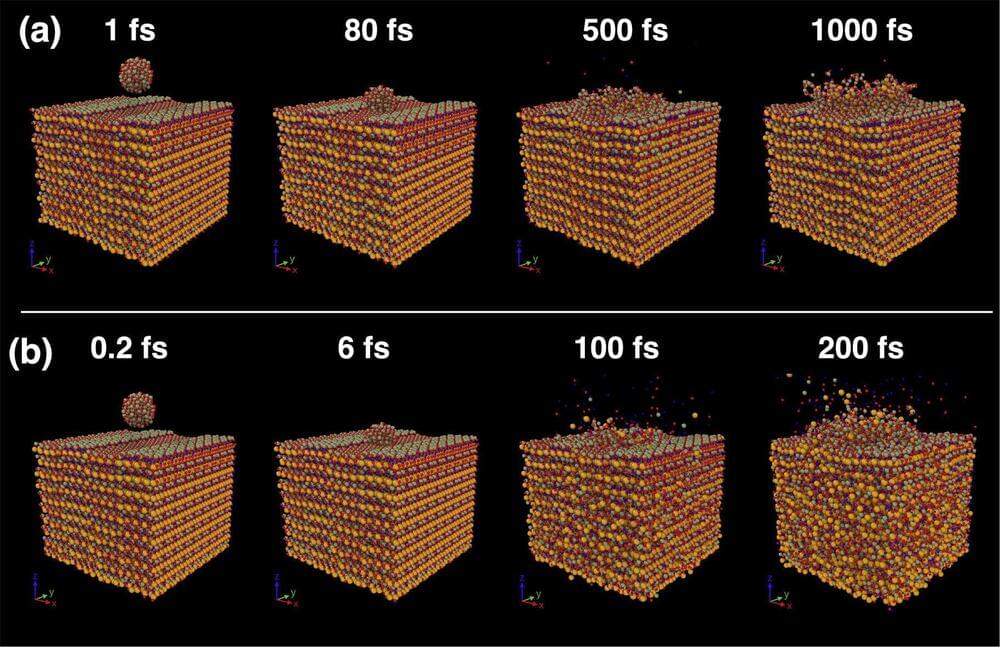Asteroids are remnants of the formation of our solar system, and while many can be found within the asteroid belt between the orbits of Mars and Jupiter, some cannot. One such object is asteroid (162173) Ryugu, a 1 km-wide near-Earth asteroid believed to have originated in the asteroid belt. However, it has since moved to cross Earth’s orbit, located 300 million km from our planet.
The asteroid is constantly bombarded by debris in space and new research, published in The Astrophysical Journal, has suggested that even microscopic particles can have damaging effects.
Japan’s Aerospace Exploration Agency (JAXA) launched the Hayabusa2 spacecraft to conduct remote sensing and sample collection on the asteroid in 2018 and 2019. Laboratory work on these samples identified a distinct pattern of dehydration of phyllosilicates (sheet-like silicate minerals, such as magnesium-rich serpentine and saponite), whereby the bonds between the included oxygen and hydrogen atoms are broken.
